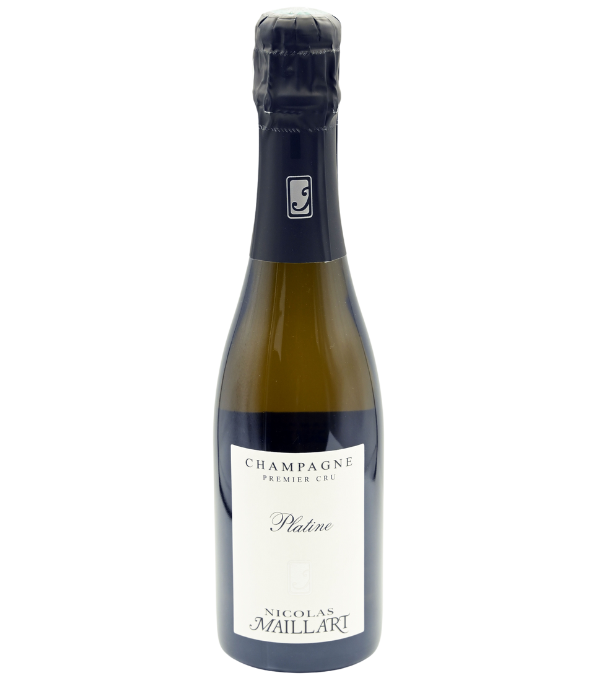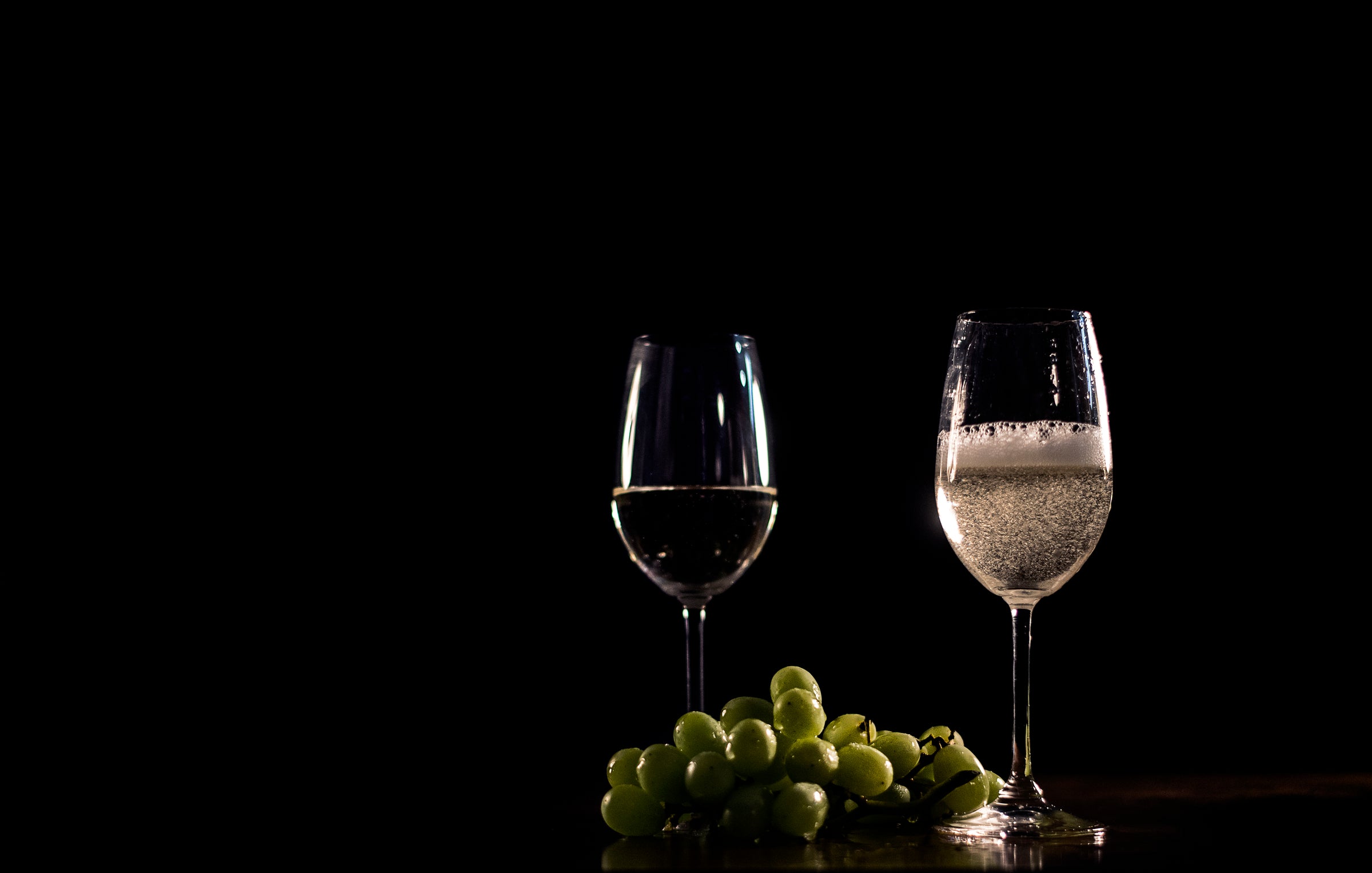Why doesn't Champagne have a vintage?
Champagne, like many other wines, can indeed have a vintage, but the majority of bottles produced are non-vintage champagnes, known as "Brut sans année" (BSA). Here are the main reasons why champagnes are often non-vintage: ![]()
![]()
- Consistency of Style : Most Champagne houses seek to maintain a consistent style and quality for their brand from year to year. Non-vintage Champagnes allow producers to blend wines from different years to create a final product that reflects the house’s signature style. This ensures a consistent taste experience for the consumer, regardless of year-to-year variations due to climatic conditions.
- Blending : For non-vintage Champagnes, winemakers use a process called blending, where they blend base wines from several different years. They often add reserve wines, which are wines kept from previous harvests, to add complexity and maintain quality. This method helps balance the characteristics of less favorable years with those of exceptional years.
- Aging : The rules of the Champagne appellation require that non-vintage Champagnes be aged on lees for at least 15 months (including 12 months in bottle), while vintage Champagnes must be aged for at least three years. This longer aging is necessary to develop the complexity and aromas desired in vintage Champagnes.
- Market and Preferences : Since vintage champagnes are produced only in exceptional years and require longer aging, they are generally more expensive and less available than non-vintage champagnes. Consumers appreciate the availability and consistency of quality of non-vintage champagnes, making them more practical choices for regular consumption.
Although some Champagnes carry a vintage mark, indicating that they are produced from grapes from a single exceptional year, most Champagnes are non-vintage in order to ensure consistent quality and maintain the distinctive style of the Champagne house.
Discover the Champagne Brut - Platine Premier Cru - Nicolas Maillart in a 37.5 cl half-bottle !




